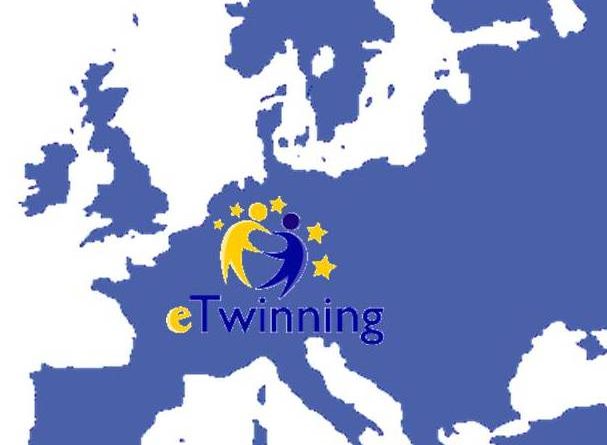REAL CONTEXTS FOR ENGLISH TEACHING AT THE CLICK OF A MOUSE.
There is no question about the role of the context in modern approaches, where children face real challenges that require the mobilisation of several competences at the same time. In the case of the FL area, it should promote communication and interaction in the target language, since the main aim is to develop a certain degree of communicative competence. However, why is it especially imperative to consider this factor in the FL programming? The reason is evident, whenever we use a language; this simple and unique communicative act takes place in a specific situation. In fact, we already know that the type of language learning that occurs without a context lacks meaning, and it is not as effective as getting them to communicate what they want to say. Therefore, our challenge as English teachers is to give real communicative value to the language children shall meet.
In technical terms, we may conclude that contextualisation of learning takes place when the curriculum components, the resources and methodological educative strategies are associated directly to the experiences and environment of children. In this view, contextualisation in our area implies the meaningful use of the English language for real communicative purposes.
When imagining our didactic units (also called formative units), there are some golden rules, especially important if we consider that the examiners are experienced FL teachers that can determine if the learning accomplishes a series of prerequisites:
- The learning should be adapted to the students´ developmental stage.
- It must meet our students’ preferences as for the kind of topics and learning tasks they entail.
- Rich contexts arouse and maintain the learners´ motivation and are likely to thrust them to take little communicative risks in English.
- Creative use of all linguistic skills and communicative sub-competences in a “hidden way (i.e. grammatical competence).
- The presence of digital learning scenarios must be inherent to modern FLT, due to the massive amount of teaching resources and its engaging power for our “digital native” students.
- Real contexts are far more effective than simulated ones; thus, an arranged Skype tasks with a partner school from a different country (i.e. through European educational communities like eTwinning) can be an ideal setting to instil the need to learn how to introduce themselves to other children.
Modern active methodologies stress the role of contextualised learning. The strategy is seen as an attempt to facilitate the learners´ comprehension of the language. This inference of meaning is an indispensable strategy that brings about practical learning and plenty of linguistic benefits. It implies that the teacher should assume the role of “creator of learning scenarios” which engage children and create willingness to infer meaning.
eTwinning is an educational community in Europe, which offers a platform “for staff (teachers, head teachers, librarians, etc.), working in a school in one of the European countries involved, to communicate, collaborate, develop projects, share and, in short, feel and be part of the most exciting learning community in Europe.”
eTwinning promotes school collaboration in Europe through the use of Information and Communication Technologies (ICT) by providing support, tools and services for schools. eTwinning also offers opportunities for free and continuing online professional development for educators.
More information at https://www.etwinning.net/es/pub/index.htm



